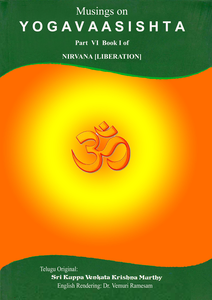SInce some of the participants in discussions at this site respect the words of Ramana Maharshi above those of most other sources, I thought the following might be instructive for the present topic of the deep-sleep state.
from “Maha Yoga Or The Upanishadic Lore In The Light Of The Teachings Of Bhagavan Sri Ramana” by “Who”, SRI RAMANASRAMAM, Tiruvannamalai, 2002
The State of Deliverance is egoless. So is deep sleep. So it would seem as if one can become free by merely going to sleep. But it is not so. No one becomes free by going to sleep. When he awakes he finds himself as much in bondage as ever before. We have seen that even the Yogi, when he comes out of his trance, called Samadhi, is in the same predicament. The question is: “Why does not the sleeper, who becomes egoless in sleep, stay egoless? Why does the ego revive again on waking?”
Before we consider the answer, we may notice another feature of sleep, which we find from Revelation. Not only is sleep not the gateway to Deliverance; it is also an obstacle to It. We shall see later on that if the seeker of the Self falls asleep while engaged in the Quest, he has to begin over again on waking. Only if he keeps wide awake all the time, and persists actively in the Quest till the Revelation of the Self takes place, does he become free from bondage. We find this indicated in the third part of the Taittiriya Upanishad, where we are told that Bhrigu, who received his teaching from his father, Varuna, obtained Experience of the real Self – therein named Bliss, Ananda – straightaway from the sheath of the intellect; he did not shed that sheath and become lost in the sheath of bliss – the Anandamaya – which would have meant falling asleep. This last sheath – the causal body – is not separately transcended, but only along with the sheath of intelligence. Continue reading →

